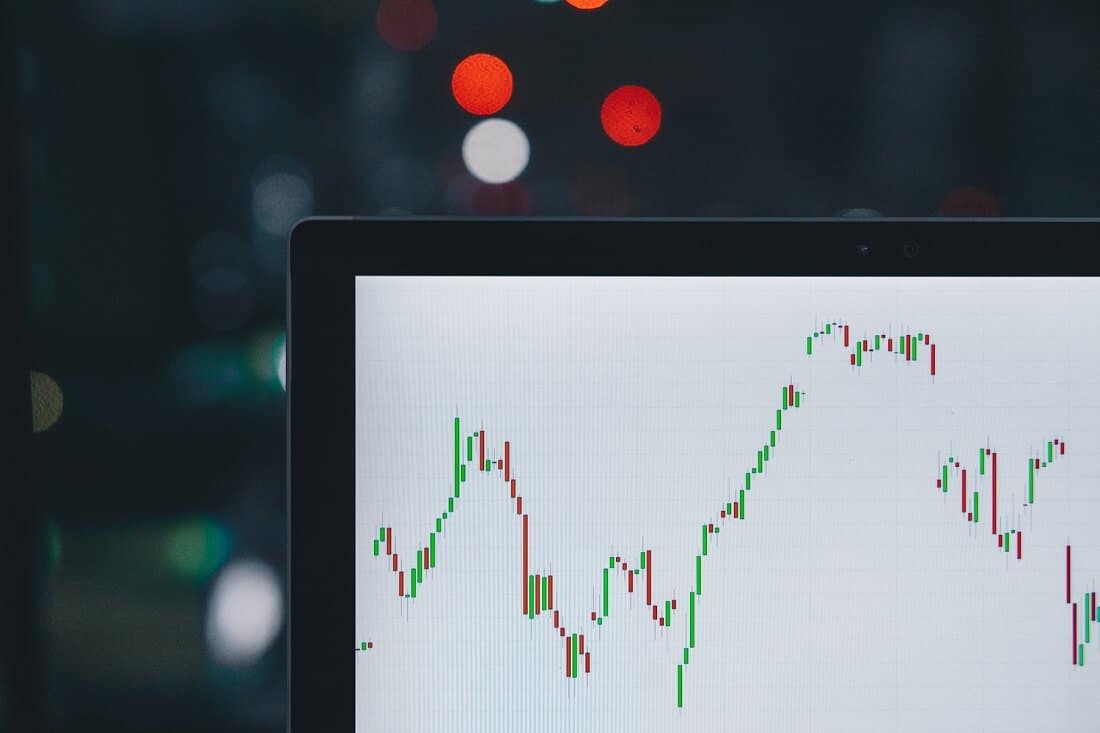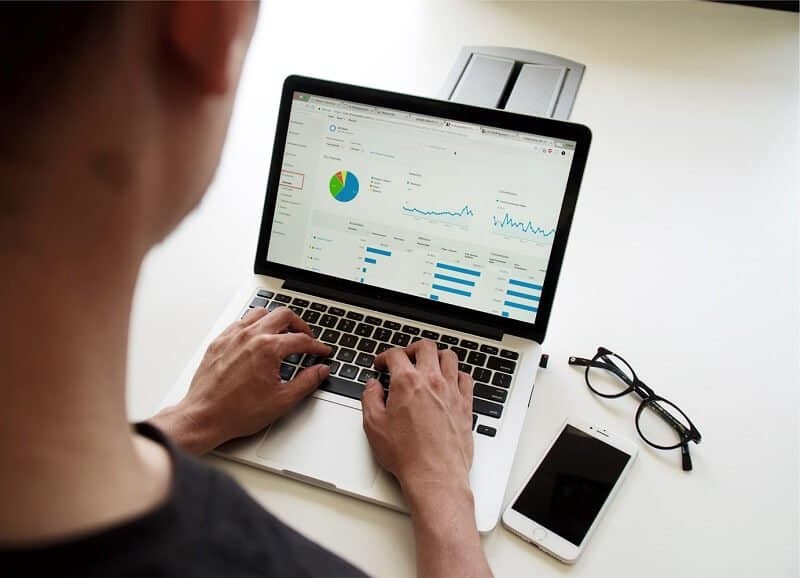
By focusing on investment goals, investors can easily define investments’ purpose and intent
In goal-based investing the point is to give your investments a specific goal. It isn’t the same as traditional investing where you can easily allocate the assets in your portfolio and address each of them with a specific goal. Goal-based investing means to have separated portfolios for each of your investment goals. Each of them will carry different risks, investment time horizons. So, you’ll have to adjust all these portfolios toward a particular goal. Here is one example of goal-based investing.
For example, you would like to save for retirement, but at the same time, you want to fund the investment in your life dream vacation. Are these two goals competing? They are coming with different time horizons, also the importance is different. Hence, acceptable risks are different. Investing for a dream vacation will require less time, for example, 1 or 2 years could be quite enough. But, on the other side, investing for retirement will take at least 10 years, for instance. What do we have here? One short-term investment and the other with a longer time horizon.
Using a traditional asset allocation
If we use a traditional asset allocation portfolio to achieve these goals, the short-term investment could influence the risk of the whole portfolio. Moreover, it could be ruling for the entire portfolio. So, to meet your long-term goals could be potentially difficult. And here is one of the advantages of goal-based investing. In conventional investing, investor’s gains and failures are measured against some benchmark index but in goal-based investing your real-life situation is what balances your portfolio. Since you can be focused on one investment goal, you could avoid market noise. What is more important, if the markets are volatile, it is easier to handle these kinds of portfolios.
What is goal-based investing?
Goals-based investing is a strategy that helps investors to meet their personal goals. No matter what they may be. This investing strategy works in an easy and uncomplicated way. Goal-based investing may look like a simple concept, but it is a deviation from the standard risk-tolerance structure. In traditional investing, we can recognize investors based on their risk tolerance as conservative, or aggressive. These differences have important meanings for investment strategy and for risk management.
Well, the risk isn’t just about the volatility of some asset or market. Traditionally, the risk represents the annual volatility or the standard deviation of monthly returns over one year. For example, small-caps have the highest volatility so they are riskier investments. When it comes to a goal-based investor, for some beginners in the market, small-caps might look less risky. Hence, for older investors that are seeking the highest level of sustainable spending, large-caps could be less attractive for this kind of investor.
So, what is riskier is determined by investment and goals.
Based on return expectations, goal-based investing allocates assets to reach financial goals. So, the risk is simply explained without complicated calculations. The risk appears when assets are lacking to meet your goals. For example, retirement investment risk is when investors have to withdraw and sell their investments for everyday life.
Efficient goal-based investing needs a deep understanding of your real financial goals.
The value of goal-based investing
Goal-based investing should cover three practical purposes.
If you choose this strategy you should observe risk not just as volatility, but instead as the possibility of setting your goals. Risk tolerance isn’t abstract. It is linked to your goals, time horizon, and life plane. Based on the risk tolerance you’ll choose the investment approach. For example, an investment portfolio for retirement should consist of investments that are different than for an investor living in retirement.
Ultimately, goal-based investing could improve what has become the traditional strategy for asset allocation. Traditional investing is based on the premise that a portfolio’s value is essentially driven by asset allocation. But some recently done analysis shows that out of the portfolio’s overall return, about half of return is due to asset allocation, and the rest of returns is from goal-based investments.
Is it possible to build an ideal goal-based portfolio?
Modern Portfolio Theory claims that it’s possible. An ideal portfolio should provide you maximum returns by taking on a moderate amount of risk, mainly through diversification.
Goal-based investing isn’t something unknown. It’s actually an advanced version of the way how you manage your family finances. The same as you put money in different envelopes or accounts, you should allocate your investments. For example, if your goal is to save for retirement you’ll probably separate your money in proportion 50:50, half will be for spending, the other half for goal-based investing. But if you are investing for the purpose of a dream vacation, the better choice is to spread your money in proportion, for example, 70:30 where 70% of your money will be used for all your expenses and 30% for your current goal-based investing. It may be trickier if you have several goal-based investments and several portfolios. That would require more work while monitoring each of them.
The good news is that you can find support from professionals. But if you have less than five such portfolios maybe you should dedicate some of your spare time to monitor them. When you decide that a goal-based investing is suitable for you, you can then build the risk-adjusted portfolios to meet each individual goal.
Important to know before investing
Ask yourself some crucial questions for each goal. For example, what is the purpose of the savings? How long do you want to stay invested? Do you plan to put additional amounts in investments? Can you anticipate any need to withdraw your savings before your goal is reached? Will you spend part or the whole amount of your income from the investments during the investment period, or you plan to reinvest it? When you go through all these and many other questions for each goal, you’ll come up with the assets you will invest in.
The benefits of goal-based investing
Maybe the main benefit is that this strategy allows you to know the precise amount that is needed and when is needed to reach your goals. In this way, you’ll be able to determine how much you exactly need to invest. The other benefit is that this kind of investing gives you a better chance to pick the investment product suitable for your goals. You’ll be able to make the proper investment decision without following the crowd. One of the advantages is that you’ll have more investment discipline. The main goal of any investment is to generate returns. When you know how much exactly you invested and compare it with your financial goals, you’re able to get better returns. Maybe you’ll add different assets to meet different goals. This will provide you to diversify your portfolio to reduce the risk. Fewer risks, in this case, means more profits. That may have a great influence on your financial freedom.
System for this kind of investing
When you determine your financial goals, you have to make a clear plan on how to reach them inside the set period. You need to determine the amount of money needed to reach your goal. Pick the assets based on your investment horizon and risk and rate-of-return.
Investing in the right assets is complex and needs in-depth understanding and analytical work. If you want to grow your wealth, you’ll need to hold your investments for a longer period. Never forget the power of compounding. Reinvest your income into the same assets to produce additional returns.
Bottom line
Goal-based investing is an easy way for investors with special goals in mind. It enables investors to set risk preferences for goals of different importance and need, gauging progress, or failures against their goals. Your success isn’t related to any market benchmark index but related to real-life events.
Keep in mind, the circumstances and goals are changing and from time to time you’ll need to revisit them as the markets continue to change, go up and down.



















